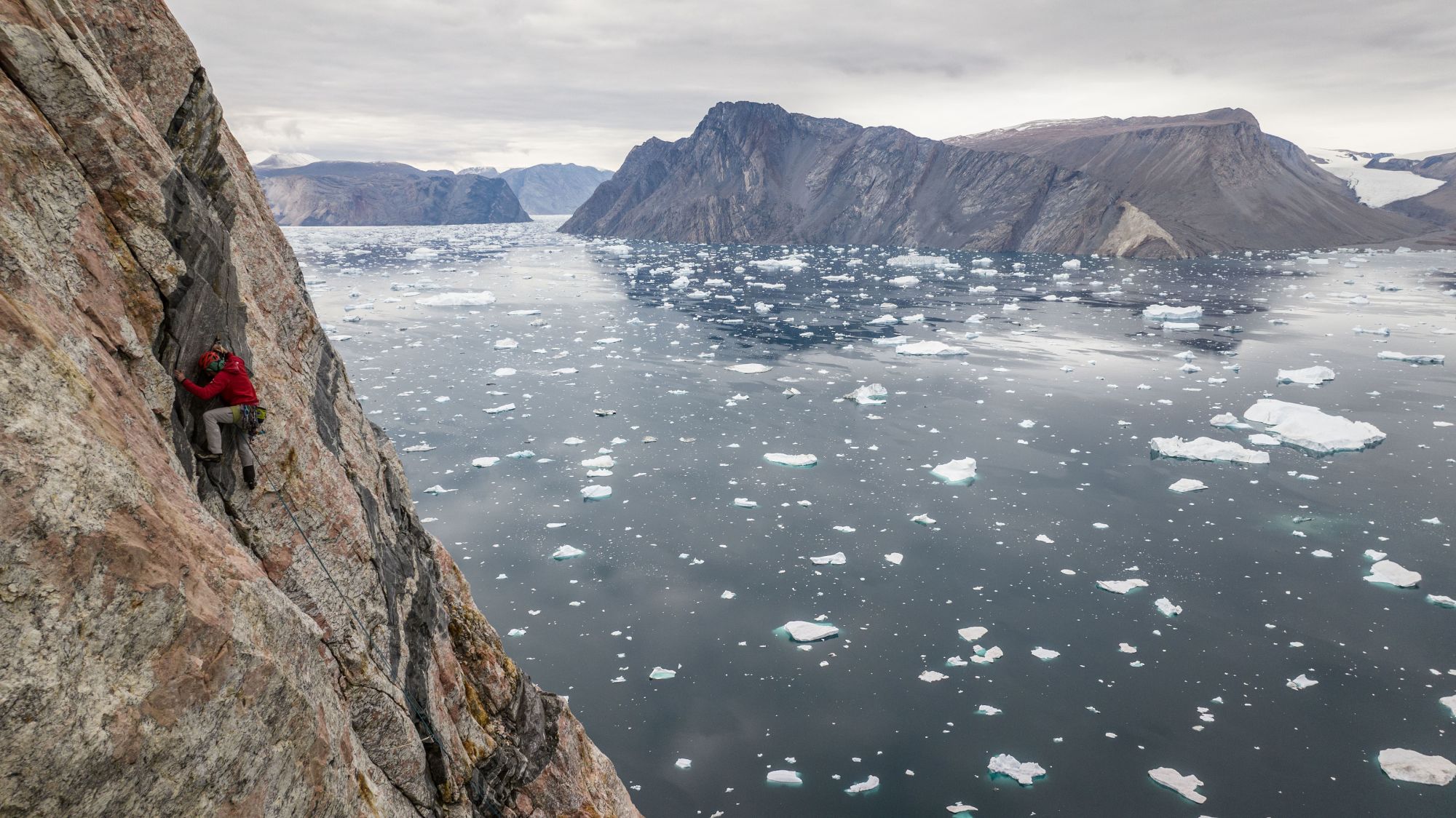Call to Earth is a CNN editorial series committed to reporting on the environmental challenges facing our planet, together with the solutions. Rolex’s Perpetual Planet initiative has partnered with CNN to drive awareness and education around key sustainability issues and to inspire positive action.
In a world now hyper connected by technology, transport links and our smartphone screens, there are few places that can truly be described as untouched. But for climber Alex Honnold, some such places, found in the harshest and most unforgiving of environments, still exist and are ripe for adventure.
Honnold had palms sweating and pulses racing when he climbed Yosemite’s 3,200 foot granite monolith El Capitan without any safety ropes – a mind-boggling achievement immortalized in the breathtaking BAFTA and Oscar winning National Geographic documentary “Free Solo.”
Following the success of the film and his rise to stardom, Honnold set his sights on Ingmikortilaq, a formidable and unclimbed 3,750-foot rock wall jutting from Greenland’s frigid icy waters. The steep rock is more than double the height of the Empire state building.
“I’m never going to do another climbing project that goes to the Oscars, you know? I can just set that expectation aside and I can focus on the projects that I’m excited about, that I’m inspired by,” he tells CNN Sport.
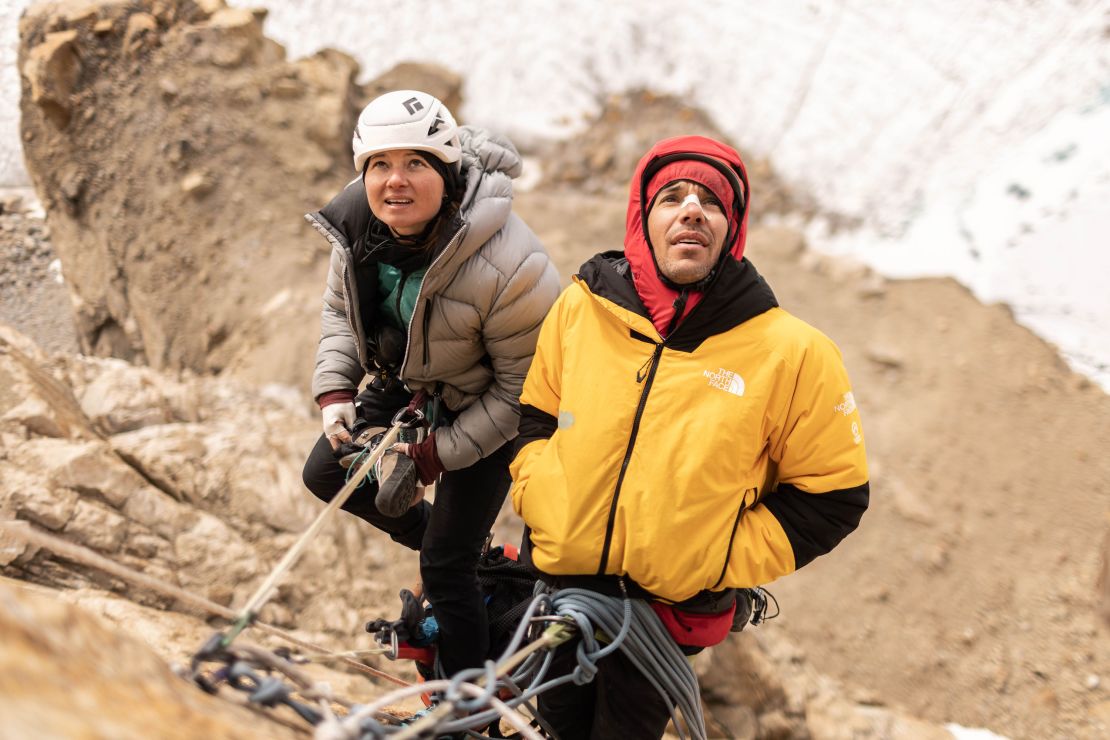
The 38-year-old athlete, alongside pro climbers Hazel Findlay and Mikey Shaefer, ventured to the formidable seacliff, known locally as “the separate one,” in a six-week expedition that featured in National Geographic’s documentary “Arctic Ascent.”
Honnold has done many first ascents all over the world, but says, that he’d “never done a first ascent of that magnitude, of a wall of that size.”
Taking on one of the world’s biggest unscaled walls might be the stuff of dreams for any climber, but the conditions, less so: Honnold and his team were forced to battle unpredictable weather, snow storms, tumbling loose rock and delayed delivery of their climbing equipment.
In spite of his reputation, Honnold is not entirely unflappable, describing sea cliff Ingmikortilaq as “pretty intimidating” and “daunting,” due to the swirling rock changing in rock type and quality.
“The first time we saw the wall from the boat, we all were pretty, you know, we’re like, ‘Oh, no, that’s a lot’,” he says.
Findlay, who took on the first ascent alongside Honnold, tells CNN even with careful planning and a TV crew, the team faced a surprising number of “unknowns,” not least the pressure and expectation they felt of working on the documentary.
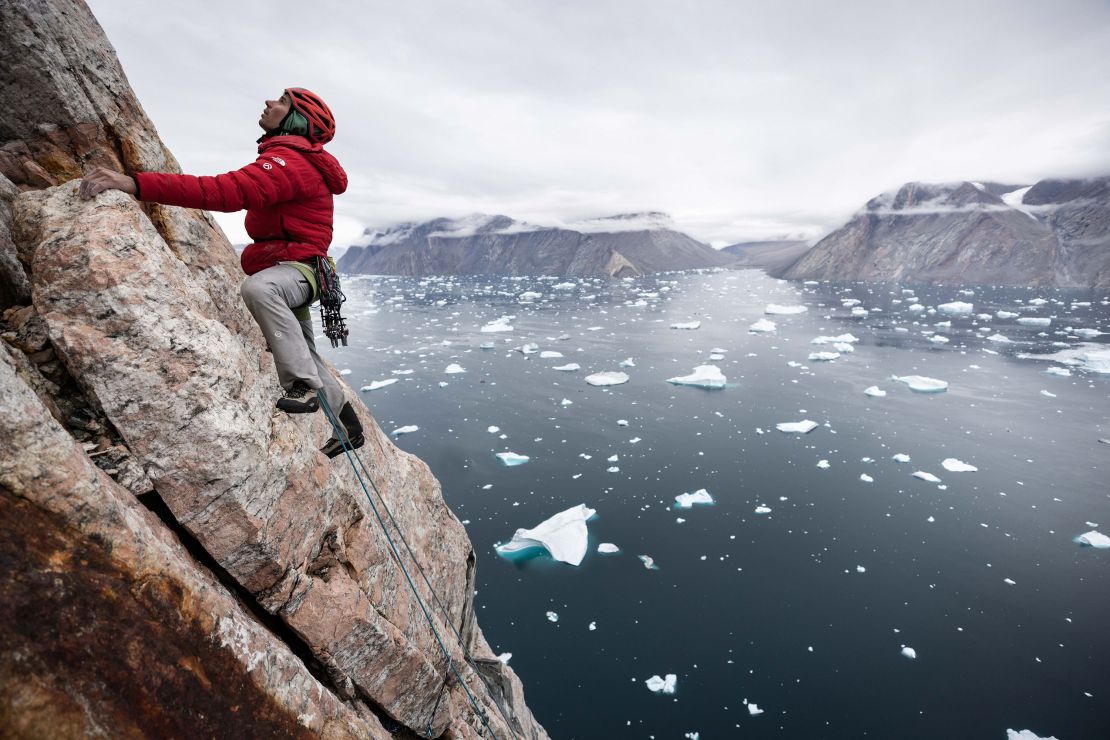
“I think as a climber, you kind of get used to going into things with that level of unknown. I don’t know if you can really have an adventure without unknowns, that’s definitely just part of the experience,” Findlay explains.
“But when you’re making it for a TV show, there’s this added pressure: you really do kind of have to succeed or otherwise that money gets wasted and people’s jobs are on the line.”
After weeks of traveling to the cliff with a team including glaciologist Dr. Heïdi Sevestre, Greenlandic guide Adam Kjeldsen and adventurer Aldo Kane, the climbers set their sights on the formidable buttress.

“That wall was just really loose, it was just a lot harder to manage the risks, we felt like we could do everything possible to make it safe, and it still could be too dangerous,” Findlay adds.
Honnold explains he approached the six-week expedition and “almost overwhelming challenge” of the climb the same way he does all his projects: “breaking things down into things that are manageable.”
He adds: “I think a big part of doing things that other people find scary is broadening your comfort zone to the point that things that you used to think were scary are just no longer scary.
“That has meant consistently scaring myself in different ways, consistently doing things that are a small step beyond what I felt comfortable with before.”
He adds that 10 years ago, many aspects of the expedition would have been very scary for him.
“If you do something routinely for 20 years, it’s just not that scary. I think a lot of viewers see that and they’re like, ‘Oh, he lives a normal life like I do, and then every once in a while he does things like this’.
“No, no, this is what I do five days a week, all year round for the last 20 years,” he chuckles.
Warnings from a warming planet
Before making it to Ingmikortilaq, the team collected data to help inform a “health check” of Eastern Greenland, which hadn’t been completed in some 20 years.
The team studied glaciers, icebergs, fjord waters, and rock faces with the aim of increasing our knowledge of the impact climate change is having on this vital, fragile part of our planet, which will have ultimately have reverberations across the world.
This included a climb up a 1,500-foot rock face, known as the Pool Wall, to take real-time depth and density measurements of a rarely studied section of Greenland’s ice cap.
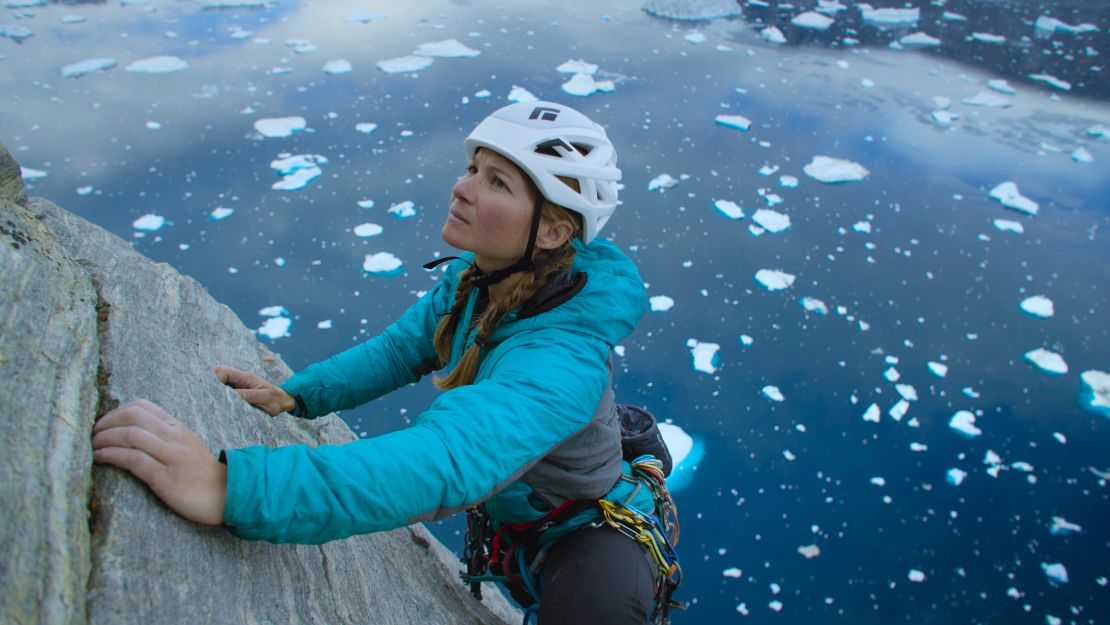
“Behind these really cool walls, we did some useful science. That is win, win, all the way across the world,” Honnold explains.
“So much of modern science just has to do with access: if you can get the right person to the right place, they can make meaningful contributions to science with relatively little effort,” he adds.
Sevestre tells CNN that the Arctic is currently warming three to four times faster than the rest of the world.
“By being able to better understand what’s happening to Greenland, this helps us to provide better data and better projections on how the rest of the world could be impacted by Arctic changes,” she explains.
A recent study from the California Institute of Technology found that the Greenland ice sheet is losing an average of 30 million metric tons of ice an hour on average, as a result of human-caused global warming.
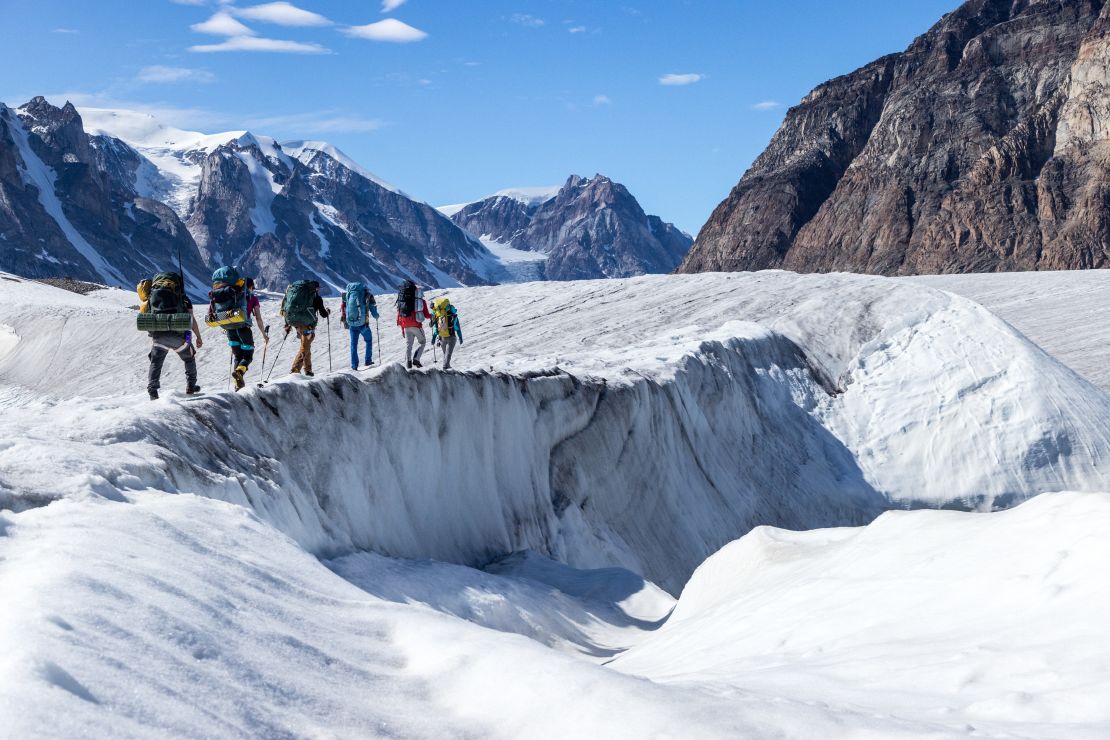
Sevestre explains that “our present and our future is intimately connected to Greenland.”
The island holds enough ice to increase sea levels by six to seven meters, adding that cities like London, New York and Miami are on the “front line,” she adds.
“And at the moment, we have a choice: do we continue investing in fossil fuels as much as we are today? If we want to give a chance to Greenland and give a chance to our own collective future, we really need to think long and hard about how much we want it.”
“We’re just agreeing passively to invest more and more into fossil fuels. But we really need to understand how high the stakes really are. We could totally get a meter of sea level rise by 2070.
“I mean, this is tomorrow for the younger generations,” she adds.

